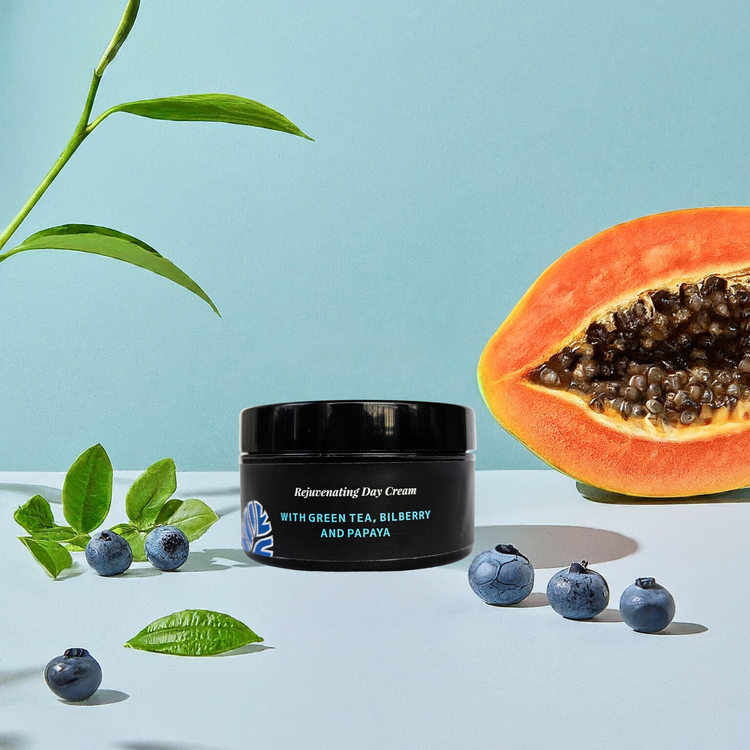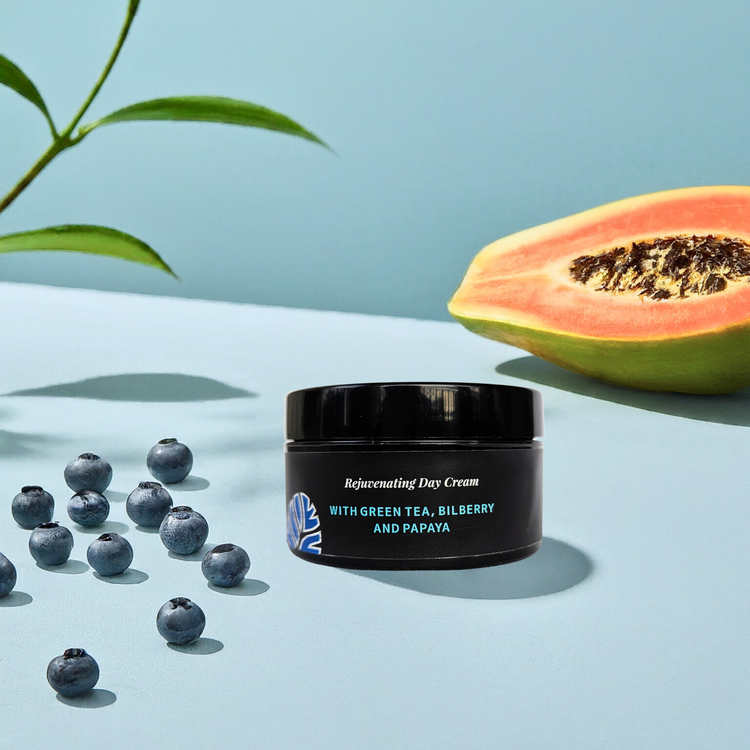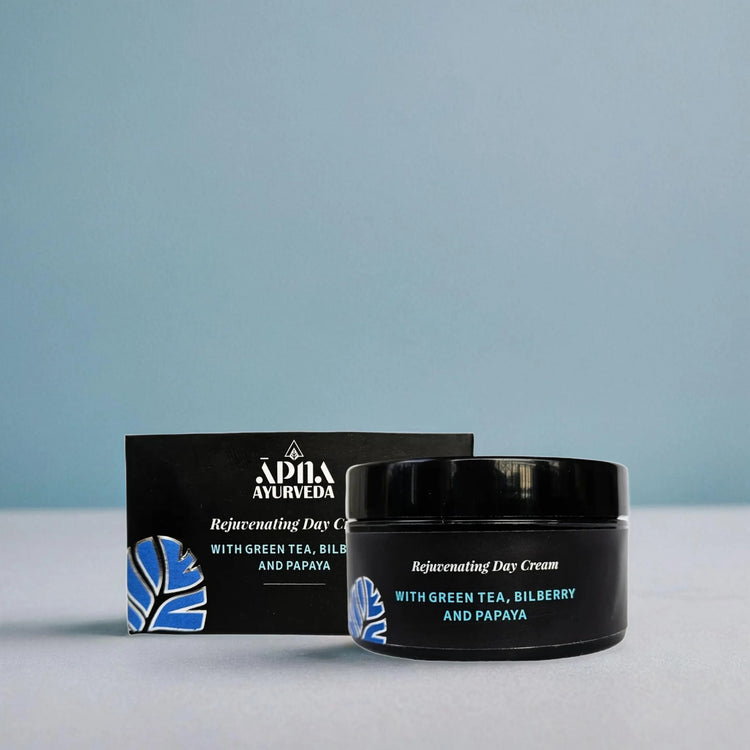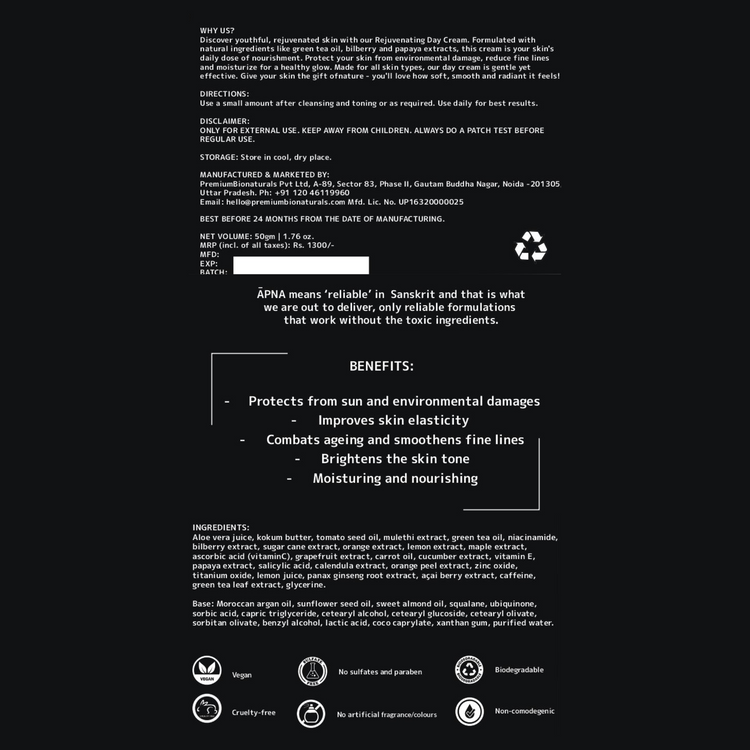Moisturisers are the key step of our skincare routine that we have been applying for ages but the question is have you been doing it right? According to dermatologists, there’s an art to the process that makes sure that you are getting the most out of your skincare while ensuring that your skin gets the nutrition in the deepest of levels. Don’t worry, though! We’re here to help you figure out the best way to apply moisturiser to ensure your skin stays moisturised and glowing.
The Importance of Prepping Your Skin
Our go to skincare routine is cleanser > moisturiser > sunscreen. Believe it or not that’s all you need. But why do you need to moisturise?
- Moisturisers are designed to hydrate the skin and support the skin barrier while also working to soften and smooth the skin.
- Moisturisers use key ingredients such as humectants to draw moisture in, emollients to soften and smooth the skin, and occlusives to lock moisture in.
Our skin consistently loses moisture through a process called “trans epidermal water loss,” also known as TEWL. We also lose oil that’s naturally produced by our body when we shower or wash our face, which makes it crucial to restore the moisture levels and build a healthy skin barrier.
How to Choose the Best Moisturiser
Your skin type and needs play a key role in your moisturiser selection. If you choose a product that’s not suitable for your skin type, it can lead to issues such as breakouts, irritation, or not enough moisture.
- Acne & Oily Prone: If you have oily or acne-prone skin, choose a moisturiser that is non-comedogenic to prevent clogging of pores and worsening of acne. These are typically water-based and lightweight. Our golden product is our Anti Acne cream which is infused with tea tree and neem to prevent acne and breakouts.
- Dry Skin: If you have dry skin we will tell you to go a moisture heavy cream and especially during winters you should stack up your drawers with moisturisers that provide deep nourishment to your skin. Our Rejuvenating Day Cream helps brighten skin and leaves it soft and smooth.
- Sensitive Skin: Moisturisers for sensitive skin should be simple, fragrance-free formulas with barrier-boosting ingredients such as ceramides and peptides.
Apply your moisturiser within minutes of stepping out of the shower or washing your face to prevent skin from drying. Using a water-based moisturiser can help seal in hydration without making your skin feel greasy.
How Much Moisturiser Should You Apply?
You should not drench your skin in product. In fact, applying the right amount ensures your skin gets all the benefits without feeling greasy or weighed down.
- A pea-sized amount is enough for your whole face.
- Focus on the drier areas of your skin, like the cheeks and forehead, while using less on oil-prone areas.
- Gently pat the moisturiser on your skin using upward motions to help with absorption.
How Often Should You Apply Moisturiser?
Timing is everything when it comes to skincare. Knowing when and how often to moisturise will help you prevent skin from drying out and keep your skin looking fresh.
- You should moisturise no less than two times per day after washing your face, and any other time you’ve showered or washed (like after exercise or swimming).
- However, if your skin feels very dry, reapply moisturiser in the middle of the day.
- You can use a lighter product or even a moisturising spray that won’t disrupt your makeup.
- People dealing with inflammatory skin conditions, like eczema or psoriasis, may also find midday moisturising necessary.
Consistency is key to locking in moisture and keeping your skin soothe and healthy. Use a water-based moisturiser in the morning and a richer cream, like the Premium Bionaturals Revitalising Night Cream at night for extra nourishment.
How Can You Keep Your Skin Moisturised Even Without Any Cream?
Applying a moisturiser helps you get the skin boost and nourishment but on a superficial level, your skin should be able to look supple and soft even when the effects of freshly applied cream wears off. Stress causes microscopic cracks in the skin, increasing dehydration with a phenomenon called transepidermal water loss.
What we have observed over years is that by making a few changes to your daily routine can benefit you in the longer run:
- Frequent exercise
- Limiting alcohol consumption
- Reducing salt intake
- Eating foods high in water content, like lettuce, cucumber, and tomatoes
- Maintaining relaxing habits that help reduce stress
Frequently Asked Questions:
Q1) What is the best way to apply moisturiser?
A) Apply moisturiser immediately after washing.
Q2) Can I leave moisturiser overnight?
A) Our bodies put in work while our minds go to rest, so it's no surprise that moisturising overnight is crucial to healthy, supple skin.
Q3) When to wash off moisturiser?
A) No! You leave it on all day/night between washes and under makeup.
Q4) Does moisturiser brighten skin?
A) Yes, moisturisers can help brighten skin.
Q5) What are the directions for moisturiser?
A) Apply your moisturiser in an upward and outward direction.
Now that you know the best way to apply moisturiser, you’re all set to upgrade your skincare game! A small tip? Do not ignore your skin in your teens, your skin is at your prime during this time but the skincare you do at this age matters the most. Don’t fall for commercial advertisement gimmicks, research and learn what’s best for you. Oh! and don’t forget to check out our skincare range. Subscribe to our newsletter to get notified about our new articles from the experts!












